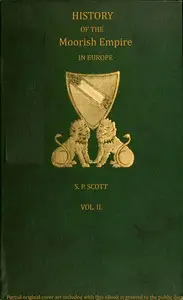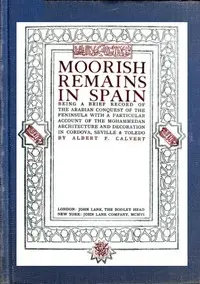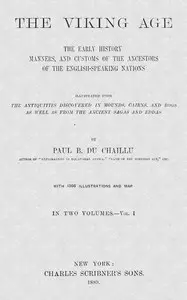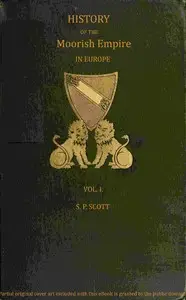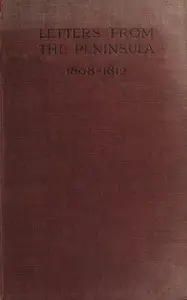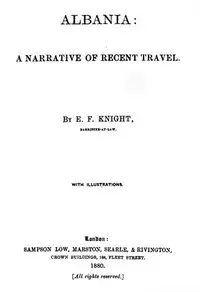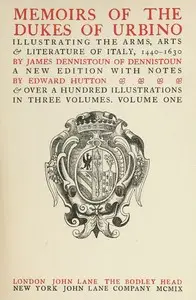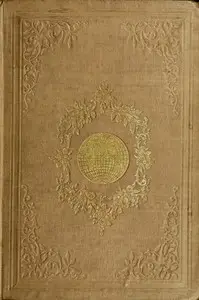"History of the Moorish Empire in Europe, Vol. 1 (of 3)" by S. P. (Samuel Parsons) Scott is a historical study that looks at the Moorish civilization in Europe. It investigates their impact on fields like science, literature, and art, while also promising a detailed look at the Moorish Empire's lasting influence not only on Europe but also on America. The book starts by painting a picture of the Arabian Peninsula, highlighting its difficult environment and the tribal, war-filled lives of the Bedouins, setting the stage for understanding the origins of Islamic culture and the eventual rise of the Moors.

History of the Moorish Empire in Europe, Vol. 1 (of 3)
By S. P. (Samuel Parsons) Scott
Journey back in time to discover how an empire born in the harsh Arabian Peninsula reshaped Europe's culture and defined its influence on America.
Summary
About the AuthorSamuel Parsons Scott, known as S. P. Scott, was an American attorney, banker and scholar. He was born in Hillsboro, Ohio, where he received a classics-based education at the Hillsboro Academy; he went on to earn his A.B. degree from the Miami University in 1868, was elected to Phi Beta Kappa, and obtained his A.M. degree from the same institution the following year. Scott was licensed to practice law in 1868 and was an attorney for several years in Leavenworth, Kansas and in San Francisco, but he left the practice of law in 1875 to return to Hillsboro and the family banking business. Thereafter, he also traveled in Europe, studied, and wrote. Late in his life, he served for many years on the editorial staff of the American Bar Association's Comparative Law Bureau.
Samuel Parsons Scott, known as S. P. Scott, was an American attorney, banker and scholar. He was born in Hillsboro, Ohio, where he received a classics-based education at the Hillsboro Academy; he went on to earn his A.B. degree from the Miami University in 1868, was elected to Phi Beta Kappa, and obtained his A.M. degree from the same institution the following year. Scott was licensed to practice law in 1868 and was an attorney for several years in Leavenworth, Kansas and in San Francisco, but he left the practice of law in 1875 to return to Hillsboro and the family banking business. Thereafter, he also traveled in Europe, studied, and wrote. Late in his life, he served for many years on the editorial staff of the American Bar Association's Comparative Law Bureau.



